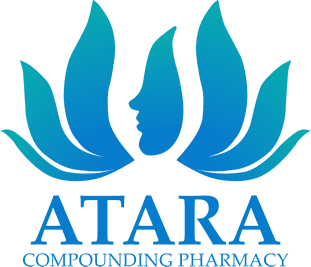Palmitoylethanolamide, also known as PEA, is a naturally occurring substance of the fatty acid amide family, and is very much in the news at the moment, as the removal of codeine from over the counter pain medicines has sent patients and health professionals alike searching further afield for safer pain options.
It was originally isolated from soybean lecithin, egg yolk and peanut meal in the 1950s and has been readily available in Europe and North America as a supplement for some time. No prescription is required for palmitoylethanolamide and it is available in Australia from some compounding pharmacies.
Taken orally, PEA has shown anti-inflammatory and pain-relieving effects and there are hundreds of studies over 50 years reporting its successful use in alleviating pain in humans associated with osteo and rheumatoid arthritis, migraine, nerve compression syndrome, complex regional pain syndrome, diabetic neuropathy, multiple sclerosis, pelvic pain, fibromyalgia, inflammatory bowel disease and more.
The dose recommended is usually 300mg-1200mg daily, but up to 2400mg daily has been used. It is best to slowly increase the dose in steps to find the best response. As pain improves the dose may be titrated down to 300mg or

400mg twice per day. PEA should be taken for two or three months for best results as PEA needs time to build up levels in the body. It has very little in the way of side effects and tolerated by most people very well.
It is believed to act on a range of cells and processes in the body, and affects mediators such as histamine and TNF-alpha. It is also hypothesized that PEA acts as an endocannabinoid, with structural similarities to endocannabinoid neurotransmitters which are produced naturally in all mammals and some plants.
Combinations of PEA with many prescribed analgesics and other medicines has not thus far been reported to create any adverse interactions and have instead, been able to reducethe doses of prescribed medicines in some cases.
PEA can also be used in a cream applied to the skin for reducing redness, itching, dryness and inflammation. It provides a safe alternative to prescription creams for atopic dermatitis or eczema and can be used in children or adults. One study of showed 388 patients (of which 242 were children) out of 696 who were using topical corticosteroids before the study started, no longer needed steroid creams by the end of six week trial.
PEA cream and capsules are both available from Nova Compounding Pharmacy. Talk to our pharmacists for further information.

